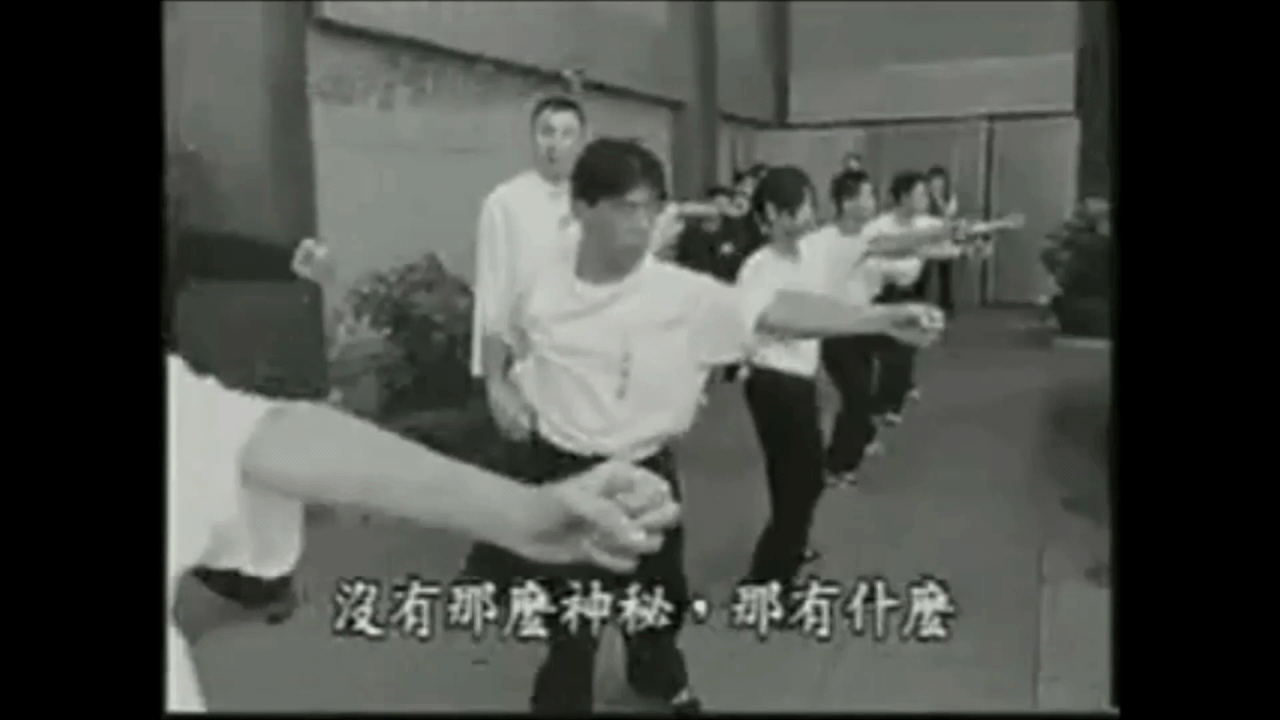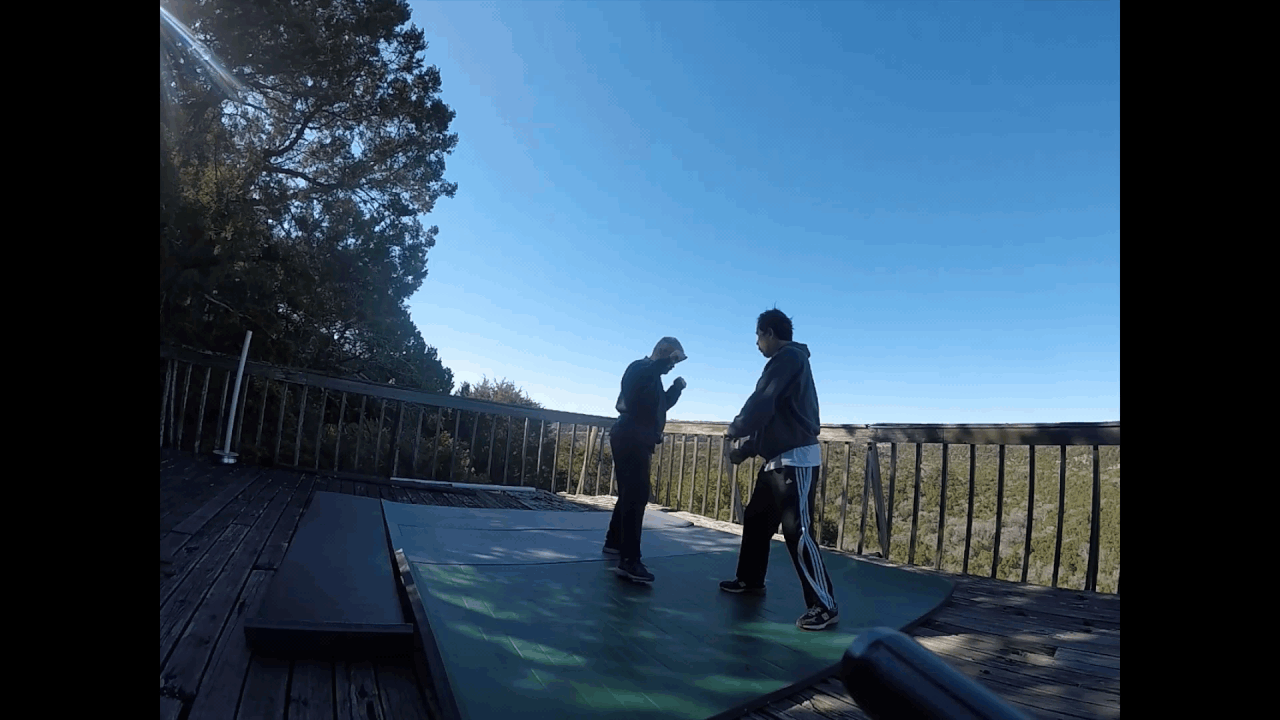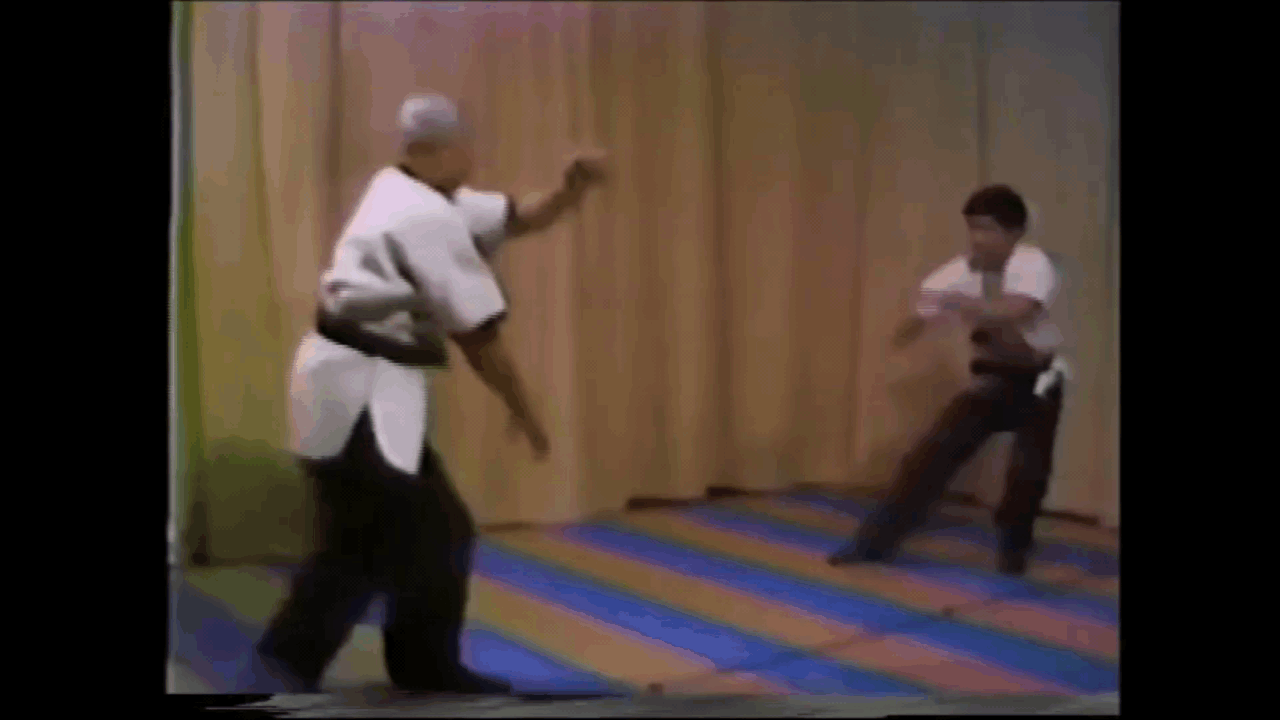I'm taking a different approach on bad martial arts. Instead of talking about how bad these guys are. I will focus on what went wrong and how Jow Ga techniques and concepts could be applied to correct the person's fighting skills. Youe can approach it from the perspective of the system that you train. Think of it as if you were using the video to teach someone why you would use a different approach? How would you correct or improve the application of the technique being used? What flaws do you see in how the technique was being used? Feel Free to join in. The only rule is don't post fantasy stuff. Post videos where you could adjust that person's attempt or technique that would make what they tried more practical. Even if you aren't familiar with a technique there will be some universal things that are true to all martial arts.
I'll start it off.
So for this one I just picked the biggest problem for me. Turning the back to your opponent is a big Don't Do
There are times when one can turn their back as part of a lure or attack but to turn your back and walk away while your opponent is punching is a big Don't Do. A person can give up or quit just as easily while facing his or her opponent. The problem when turning your back to someone and walking away is that you can no longer see them and you expose rhe most vulnerable part of the head. The back of it. Turning the back like this is a display of weakness and submission to often draws out the "blood lust" in competitive fights and in street fights. You are practically telling your opponent to finish you.
I'll start it off.
So for this one I just picked the biggest problem for me. Turning the back to your opponent is a big Don't Do
There are times when one can turn their back as part of a lure or attack but to turn your back and walk away while your opponent is punching is a big Don't Do. A person can give up or quit just as easily while facing his or her opponent. The problem when turning your back to someone and walking away is that you can no longer see them and you expose rhe most vulnerable part of the head. The back of it. Turning the back like this is a display of weakness and submission to often draws out the "blood lust" in competitive fights and in street fights. You are practically telling your opponent to finish you.




